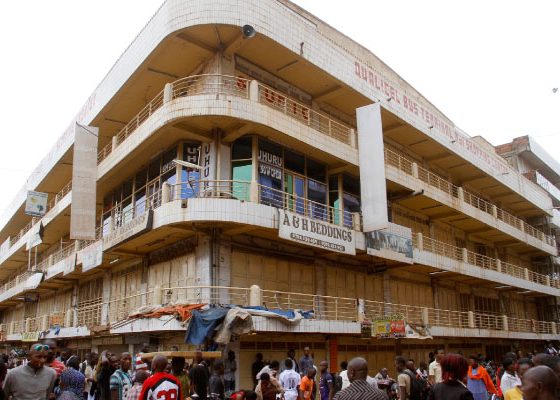BY PHILIP WAFULA
pwafula@ug.nationmedi.com
The Uganda National Roads Authority (Unra) will, with effect from April 15 to July 10, divert Jinja-bound traffic to the old (Nalubaale) bridge to allow maintenance works on the new bridge.
In a statement released yesterday, Unra said: “For the duration of the works, traffic flow in the area will be diverted. Kampala-bound traffic shall continue to use the Source of the Nile Bridge.
“Jinja-bound traffic shall be diverted to the Nalubaale bridge. Local traffic (to and from) Nile Breweries Limited, Nytil, East African Packaging Solutions Limited shall continue to use their normal route while cyclists and Boda Boda to and from Jinja shall continue to use the Nalubaale Bridge and Faraday Road.
This development comes as contractors Zenitaka and Hyundai dig up sections of the New Bridge to replace AC14 asphalt – which wasn’t bonding well with water proofing material – with modified polymer asphalt.
“Last time we promised the public that we would change the asphalt in October but luckily it has come on time.
“Traffic from Kampala will be diverted to the Nalubaale Bridge which we have been working on,” Eng Morris Odrua, the project engineer, said in a telephone interview on Wednesday.
Eng Lawrence Pario, the Head of Bridges and Structures at Unra, said last time they only replaced the surface which was most affected, but this time, the contractor is removing the entire surface and putting something new.
Asked to explain what look like ‘cracks’ and ‘bumps’ on the New Bridge, Eng Pario said: “What you call cracks is stressed asphalt which is going to be removed over the next two months.”
“Structurally, there’s no problem but simply replacing the entire road surface, whose asphalt is rutting.
“Water proofing material and asphalt are flexible while concrete is rigid; so when you put a flexible material on a rigid material and there’s no proper bonding, the flexible material moves,” he explained.
According to Eng Pario, the New Bridge has a health monitoring system which would have alerted them of any stress on the bridge.
He, however, added that the good thing about such contracts is that whenever there is a defect, the contractor fixes it.
“It is the contractors’ responsibility to deliver what is acceptable to us,” he said.
The Shs390b bridge was commissioned last October and it is expected to last for 120 years.
Related Stories……








